How to Grip the Sony 400-800mm f/6.3-8 G Lens by Arthur Morris/BIRDS AS ART
In this video, I detail the proper way to grip the Sony 400mm lens and share a brand new flight photography tip as well. Using a super-telephoto zoom lens might seem a simple proposition to many. But in four months, I have discovered dozens of tips and secrets that have helped me to create many superb images. All are detailed in my Sony 400-800mm Lens Guide.
I failed to mention the Wimberley AP-640 Lens Plate in the video but it is best by far for the 400-800 especially when used with the world’s best tripod head, the Levered-clamp FlexShooter Pro.
|
|
|
Click here to order your copy. The BIRDS AS ART SONY 400-800mm f/6.3-9 G Super-telephoto Zoom Lens Guide: $115.43. |
The BIRDS AS ART SONY 400-800mm f/6.3-9 G Super-telephoto Zoom Lens Guide: $115.43.
When I borrowed this lens from Sony, I assumed that at 5.45 pounds it was too heavy to handhold for long and that at f/8 at the long end (800mm), it was too slow for most bird photography applications. In short, I did not want to like the lens. After four months of using it, I could not live without it; I have been using it pretty much every day. After returning the loaner, I was miraculously able to get my own from Bedfords on 16 April 2025. It has quickly become my all time favorite lens because it simplifies my life and allows me to go without a tripod in most situations. There is no need for a teleconverter, and with a Delkin 960GB Black CF Express A card in the top slot, I am good to go with just one extra battery in my pocket.
In this guide I share everything that I have learned about using the 400-800. For best results, you need to know exactly what you are doing to get the most out of this zoom lens. It would be best, therefore, to consider and study the material in the guide so that you can begin making great images with your new lens.
You will learn how to deal with the relatively slow apertures: f/6.3, f/7.1, and f/8 when working in Manual mode.
You will learn how to ensure that you are working at the widest possible aperture by working in Shutter Priority mode with AUTO ISO.
If you are able to handhold the lens, you will learn proper hand holding techniques.
If you can’t, you will learn when, why, and how to employ other options. Those include:
1- The knee-pod, heel-pod, and toe-pod techniques
2- Using the lens on a monopod.
3- The best lens plate and low foot for your 4-8.
4- The best tripod and head for the 4-8 and how best to utilize them.
5- How to use the lens from your vehicle while supporting it on a BLUBB (or not and why not).
6- Detailed instructions on how to set and use the lens controls and buttons:
a- AF/MF
b- DMF Switch
c- Limit Range Switch
d- OSS (Optical Steady Shot) Switch
e- OSS Mode Switch
f- Focus Hold Buttons
The guide also includes a Hand Holding Shutter Speed Primer and an illustrative, educational, and inspiring 67-image gallery.
This guide is free to folks who use one of my two affiliate links to purchase their Sony 400-800 G lens. Others, can either click here to order their copy or send a PayPal for $115.43 to birdsasart@verizon.net and include the words “400-800 Lens Guide” in your e-mail.
In the Last Blog Pose
Though I live for and love tight head shots and head and neck portraits, the vertical Green Heron image in the last post was clearly the best by a mile. Thanks to those who commented and explained exactly why they liked that one best. For me it was not only the elegant pose but the sweet light, the incredible detail, and the incredibly soft, green, out-of-focus background. By getting low I moved the background far from the subject to ensure that it would be de-focused despite the fact the f/8 aperture. Getting low was made possible by the tilting vertical screen on my a-1 ii.
What’s Up?
Despite the heat and a breeze from the west on Sunday morning, I enjoyed a pretty darned good session capped by today’s two featured images. Which is your favorite? Early on, I found ILE’s first ever Western Sandpiper, a worn, faded, molting adult, an early arriving southbound migrant and managed one decent image from the SUV at 1200mm.
The Complete and Quintessential Flight Guide is finally finished; co-author Arash Hazeghi e-mailed me a link to the PDF on his family vacation to Europe. It will be featured and available in the next blog post.
Today is Monday 14 July 2025. It is just before 7:00am; I just checked the sky from the pool deck and things are looking quite dreary so I will probably be heading down to the lake at about 7:30. Whatever you opt to do, I hope that you too choose to have a wonderful and productive day and that you have fun too. Do remember that happiness is a choice — Byron Katie, The Work.Com.
If an item — a Delkin flash card, a Levered-clamp FlexShooter Pro, or a Wimberley lens plate — for example, that is available from B&H and/or Bedfords, is also available in the BAA Online Store, it would be great, and greatly appreciated, if you would opt to purchase from us. We will match any price. Please remember also to use my B&H affiliate links or to earn 3% cash back at Bedfords by using the BIRDSASART discount code at checkout for your major gear purchases. Doing either often earns you free guides and/or discounts. And always earns my great appreciation.
Gear Questions and Advice
Too many folks attending BAA IPTs and dozens of photographers whom I see in the field and on BPN, are — out of ignorance — using the wrong gear, especially when it comes to tripods and more especially, tripod heads. And the same is true in spades when ordering new camera bodies or lenses. My advice will often save you some serious money and may help you avoid making a seriously bad choice. Please know that I am always glad to answer your gear questions via e-mail. If you are desperate, you can try me on my cell at 863-221-2372. Please leave a message and shoot me a text if I do not pick up.
Don’t Just Shoot: Learn
If you are interested in changing your life and becoming a better photographer by joining me on an Extended IPT at Sebastian Inlet for Ospreys and more (SEPT 25 to NOV 24, 2025) in San Diego for Pacific-race Brown Pelicans and more (JAN 6 to FEB 2, 2026), for Roseate Spoonbills at Stick Marsh mid-March 2026, please e-mail for dates, rates, terms, and additional information. Or shoot me a text to 863-221-2372. Some offerings include options for shared AirBnB lodging and meals. Ground transportation during your stay is a possibility.
B&H Simplified
To ensure that I get credit for your B&H purchases, you can always click here. The tracking is invisible but using my affiliate links is greatly appreciated. And, with B&H, you can use your PayBoo card. You must use the website to order. You cannot get your free guides if you make a phone order. Once you have an item in your cart, you must complete the order within two hours. Huge thanks!
B&H
Many folks have written recently stating that they purchased a Sony a1 from B&H and would like their free membership in the Sony 1 Info and Updates Group, a $150.00 value. But when I check my affiliate account, their orders have not been there. When I let them know that they get credit for B&H purchases only if they use one of the many B&H affiliate links on the blog or begin their searches with this link, they are always disappointed. If in doubt, please contact me via e-mail and request a BH link. I am always glad to help and to guide you to the right gear.
Bedfords Simplified
Click here to start your search. Choose standard shipping, and when you get to the payment page, enter BIRDSASART in the discount code box and hit apply. You will be upgraded to free second day air Fed-Ex and receive 3% cash back on your credit card once your stuff ships. Using either my affiliate links is greatly appreciated and will often earn you free guides or discounts.
Bedfords Amazing BAA Discount Policy
Folks who have fallen in love with Bedfords can now use the BIRDSASART coupon code at checkout to enjoy a post-purchase, 3% off-statement credit (excluding taxes and shipping charges) on orders paid with a credit card. The 3% credit will be refunded to the card you used for your purchase. Be sure, also, to check the box for free shipping to enjoy free Second Day Air Fed-Ex. This offer does not apply to purchases of Classes, Gift Cards, prior purchases.
Visit the Bedfords website here, shoot Steve Elkins an e-mail, or text him on his cell phone at (479) 381-2592.
|
|
|
This image was created on 13 July 2025 down at the shoreline near my home at Indian Lake Estates, FL. Seated on the grass doing my best to avoid some fire ant mounds, I used the handheld Sony FE 400-800mm f/6.3-8 G OSS lens (Sony E) (at 800mm) and The Latest Greatest Sony Flagship Body, the a1 II Mirrorless Camera. The exposure was determined by Zebras with ISO on the rear wheel — ISO 1000: 1/500 second at f/8 (wide open) in Manual mode. RawDigger showed that the exposure was perfect. AWB at 7:56:37am on sunny morning. Tracking: Zone/AF-C with Bird-Eye/Face Detection performed perfectly. Click on the image to enjoy the larger, inexplicably sharper high-res version. Image #1: Sandhill Crane adult preening back |
Subject in Shade, Background in Sun
About a year ago, ten very small palm trees were planted around the parking circle. The crane in the photo has a club for a left foot — sot of mangled with no toes. The bird was resting flat on the ground its upper half in the shade of the wispy fronds of a palm. I had seen it in the same exact spot several times. I had been photographing its mate in full sun, about 15 feet north of it partner when I recognized one of my favorite lighting situations: subject in shade, background in sun. I added 2/3 of a stop of light and went to work. I missed on a straight head portrait with the sublime green background but kept several frames of the bird preening its back.
|
|
|
This image was also created on 13 July 2025 down at the shoreline near my home at Indian Lake Estates, FL. Seated in the driver’s seat of my SUV, I used the handheld Sony FE 400-800mm f/6.3-8 G OSS lens (Sony E) (at 553mm) and The Latest Greatest Sony Flagship Body, the a1 II Mirrorless Camera. The exposure was determined by Zebras with ISO on the rear wheel — ISO 1000: 1/1000 second at f/8 (wide open) in Manual mode. RawDigger showed that the exposure was perfect. AWB at 8:00:32am on sunny morning. Tracking: Zone/AF-C with Bird-Eye/Face Detection performed perfectly. Click on the image to enjoy the larger, inexplicably sharper high-res version. Image #2: Great Blue Heron subduing Greater Siren |
What the Heck is a Siren?
Scant minutes after photographing the adult cranes, I re-checked the bay south of the pier. (I do that quite often every morning.) Just as the bay came into view, I saw a Great Blue Heron flying from its usual fishing spot in the marsh towards the shore. My heart rate increased. I grabbed the 400-800, set the shutter speed and exposure, got halfway on sun angle and began photographing. After perhaps a minute, I switched to 1200mm; all of those images were sharp but the tiny set of front legs was no longer visible. I picked this one from series of ten similars because I like the curve of body the then unknown creature.
Matt Milnes to the Rescue
Matt Milnes helped me with the a turtle ID several years ago and joined me for two mornings at DeSoto with his Nikon Z9 and the Z 800mm not long ago. (Matt lives in Milledgeville, GA where he is a biology professor at Georgia College. He grew up in Clearwater, Florida (not far from Fort DeSoto) and has spent his career studying the physiology of reptiles (and fortunately for me, amphibians too!) After e-mailing him two screen caps, he wrote back with this link to Greater Siren (Siren lacertina). Once again he nailed it.
Dear Artie,
I want to thank you again for another great round of instruction. I regularly read your blog, and learn a lot doing so, but there’s no substitute for being by your side in the field. What I found particularly helpful during our most recent morning session was seeing how you approach a single bird or a mixed flock of birds under different environmental conditions. I also picked up helpful tips about when to shoot from a low vs high perspective based on surroundings and the activity of the birds. The photo review over brunch will help me cull images more efficiently and critically review my own work. Lastly, and maybe most importantly, I had fun shooting with you and made some images that make me happy.
All the best,
Matt
Typos
With all blog posts, feel free to e-mail or to leave a comment regarding any typos or errors.

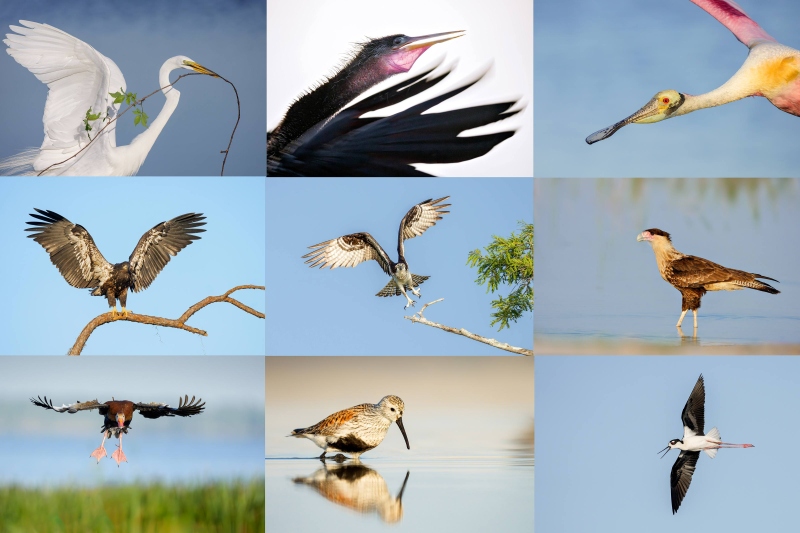
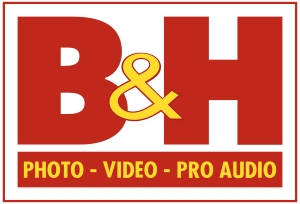

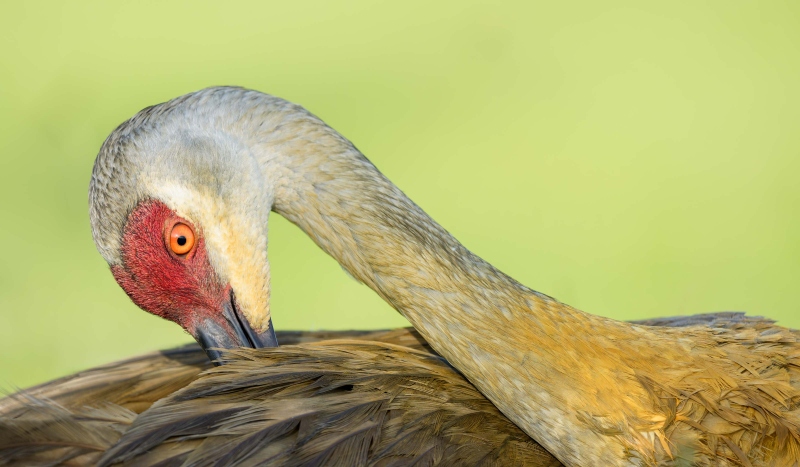
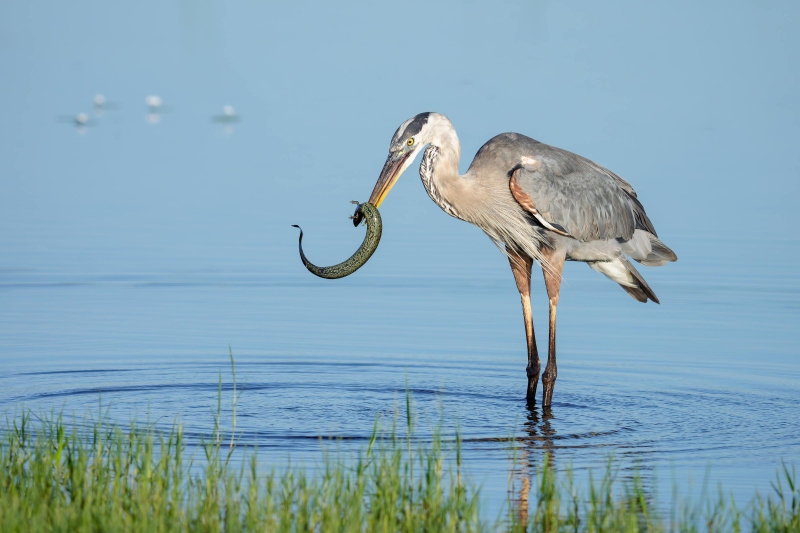






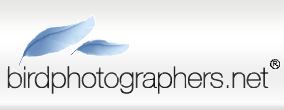


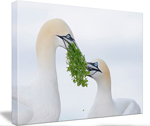
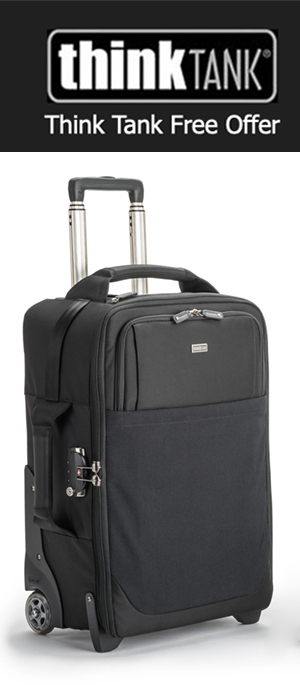


Two real eye catching shots. The second with the creature is my fav because yeah what a unique specimen. Did the GBH manage to get subdued and down the gullet?
Thanks, Jeff. I agree. The heron swallowed the whole thing in a few seconds once it had subdued the siren. I am pretty sure that it ripped off the two forelimbs early in the process.
with love, artie
Typo: “My heart rate increased”
That was a really hard decision today because I loved both photos! But, I finally decided on the crane because of the beautiful soft light green background and the amazing detail on the bird’s feathers.
Thanks and fixed Pat. I agree on loving both images but if push came to shove I would go with the siren photo for its uniqueness.
with love, artie